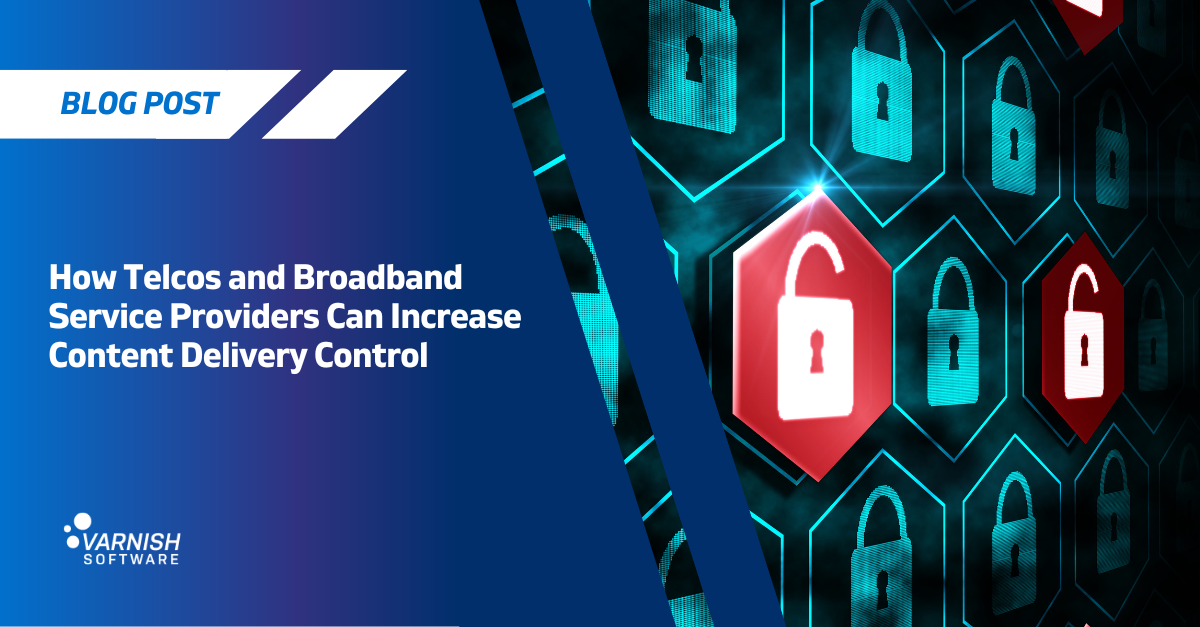Is the era of "cheap, all-you-can-watch content” (for consumers) ending? This is the contention of a recent Guardian article examining challenges telcos face. Connecting the dots between writers’ and actors’ strikes, booming broadband use, increasing infrastructure costs and streaming, the article taps into the old adage: ”Nothing in life is free”. The notion of ”cheap” really depends on where you sit in the value chain and how you can leverage the resources available to you. From the telco perspective supporting the boom in streaming use is not “cheap” but there are strategies that can be applied to regain control.
First, it’s important to understand the economic drivers for streamers and telcos/service providers. The consumer is the source of revenue either directly in the form of subscriptions (for streaming services and broadband) or indirectly from advertising. For now let’s just focus on the supply chain players or the cost of sale elements from the streamer and broadband provider perspective.
Streamers Are Adding Revenue Streams and Reducing Operating Costs
Streamers need to keep costs low, while increasing subscribers, and adding new revenue sources through various tiers. This explains the shift from subscription based (SVOD) to ad based (AVOD), free-ad based (FAST), and transaction based offerings (TVOD and live streaming). The only service that is currently profitable is Netflix (and possibly Hulu). Even though increasing subscriber numbers is the primary objective, the secondary objective of creating content has now shifted to cost optimization. Increased consumption affects streamers but to a lesser extent than broadband providers. In addition, a lot of the large streamers driving increased consumption have very lucrative divisions of their business that can use streaming content as a loss leader (an offering sold at or below cost to drive purchases of higher margin offerings).
One very important point here is that streamers own the primary interface consumers see. They also have a direct billing relationship. Historically telcos and broadcasters were able to control what is shown on guides or within broadcasts but that control has shifted in the era of over-the-top video (OTT).
The Telco/Broadband Provider Dilemma
One thing we can all agree on is that the consumer’s appetite for streaming content will only increase, and this will coincide with a growing consumption of increasingly higher resolution content across various devices. The challenge is that as the shift to OTT continues, consumer expectations have already been set. They expect the same, fast, reliable experience everywhere and on any device. If service providers attempt to throttle services, they end up in violation of net neutrality. The approach so far for service packages has been a tiered solution based primarily on throughput. Other regional telcos and service providers have invested in regional content or other value-added services. Ultimately the consumer will dictate the success of those approaches; however, there are cost-control measures telcos and service providers can take today to ease the strain on infrastructure and budget.
Controlling Costs
A high level of variability comes into play at this stage, largely dependent on strategic focus and the assets and investments owned. Some providers may not own all of their network or even underlying infrastructure. But that doesn’t mean they can’t optimize use of leased infrastructure or reduce use of high-cost services. One place to start: Maximize the efficiency of the servers used (wherever they are located), ensuring they can support as many users and as much throughput as possible.
Earlier this year Varnish announced record-breaking throughput and power utilization with Intel and Supermicro–1.3 Terabits per second and 1.17 Gigabits per second per watt in a single 2u server. All techno-jargon aside, what the benchmark demonstrated was the ability for software to maximize the value, and return on investment, of underlying infrastructure. This was on a high performance server, however, the optimizations are applicable to any recent Xeon server.
From a practical standpoint what does this mean? It means delivering the same amount of data at one-third of the power. From a server footprint perspective many servers only deliver 100-200 Gbps. As with everything in the IT world, results are highly variable, however, deployments of Varnish have led to a 50% reduction in server footprint, 10X more traffic on existing servers, and an 8X reduction in backend traffic. And to be clear, these optimizations are for any traffic over HTTP/S, not just video.
Leveraging Control of the Last Mile
Yes, the streamers control the content. And, yes, they have developed direct billing relationships and control the UI for their services. But, telcos and service providers control most of the delivery and the last mile. They have the ability to shift creative delivery services all the way to the edge of the network and even into the home. With this in mind, it is possible to reduce overall traffic by standing up intelligent caches and pre-populating them when network traffic is low. Another strategy is to offer new services by streaming regional live events. There is also an opportunity to start laying the groundwork to run applications on the edge. As close to the user as needed. A great resource to learn more about the evolving market dynamics from the telco and service provider is ‘Evolution in Content Delivery: From CDN to the Edge and Disaggregation’ by STL Partners.
Optimizing use of infrastructure, supporting more traffic and throughput with less power, reducing server footprint and reducing use of costly services are not a panacea. They are, however, strategies that can be deployed to immediately reduce strain on networks without passing along the cost to consumers. By increasing content delivery control and establishing an intelligent cache that can run logic closer to users, telcos and service providers can improve the digital experience and adopt an approach that increases their ability to control the value delivered on their networks to their customers.
If you are interested in learning more and you will be at IBC schedule a meeting or visit us in Hall 5 Booth 5.B37. If you are not attending IBC or are reading this after the event, reach out to us at any time.
/VS-logo-2020-197x60.png?width=136&height=60&name=VS-logo-2020-197x60.png)




